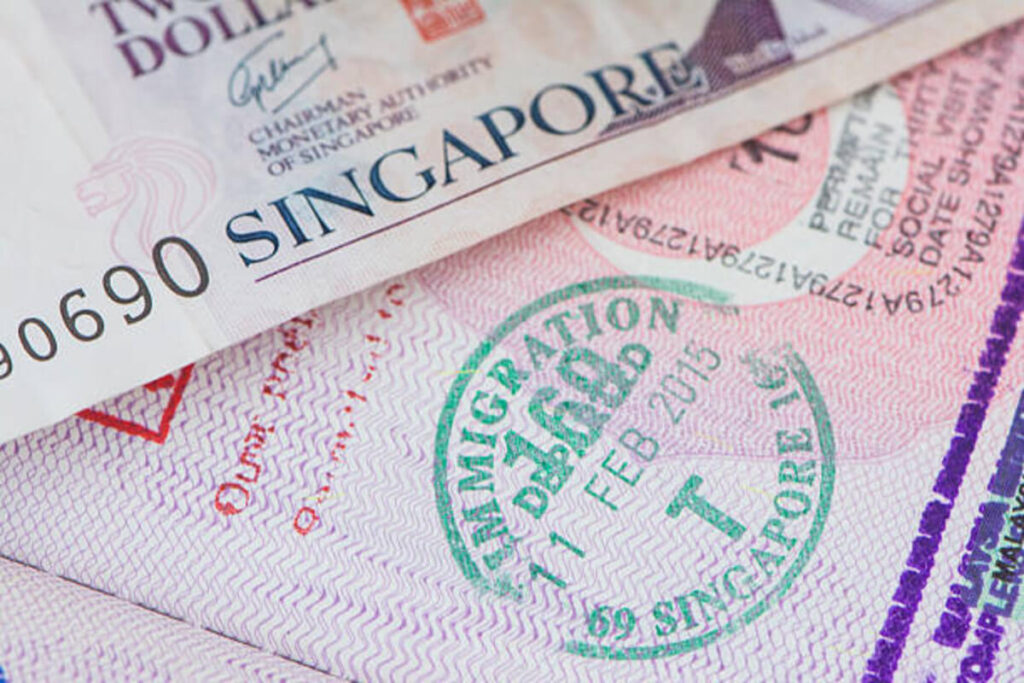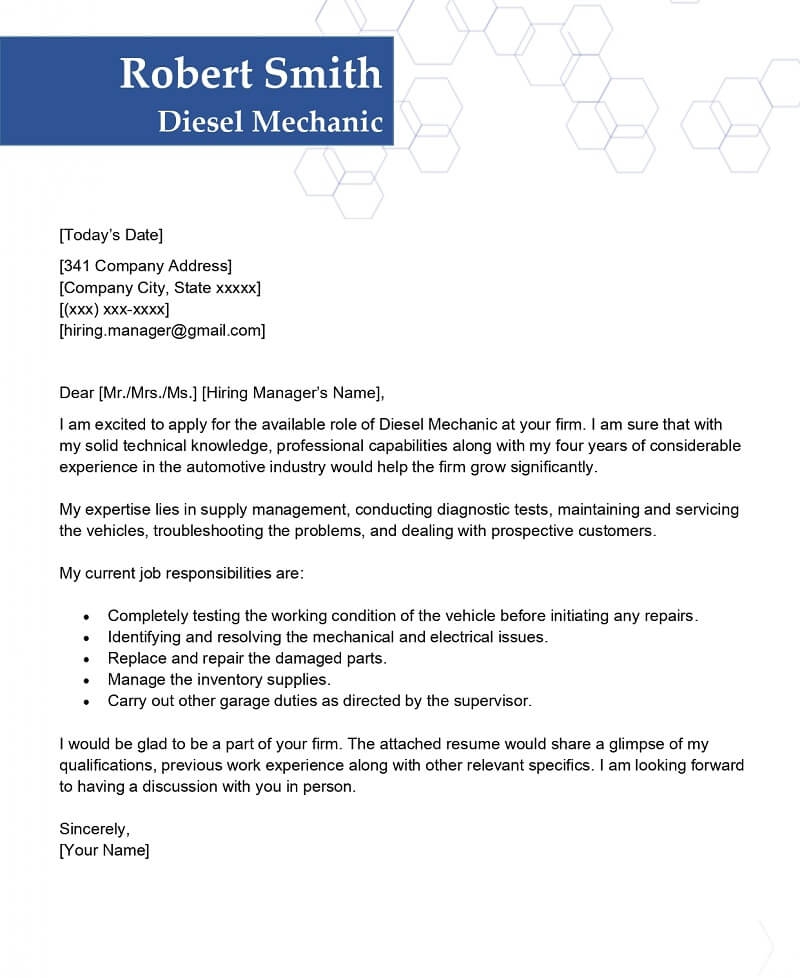Talking to employers about your visa needs can feel stressful, especially when you’re unsure how they’ll respond. But avoiding the topic only creates more problems later. If you want to build a career abroad or stay in a job long-term, being honest about your status is necessary and it doesn’t have to be scary.
Advertisement
The key is to keep things simple, professional, and clear. Employers value skilled talent, and many are willing to sponsor the right person. In this guide, you’ll learn how to talk to employers about visa sponsorship without fear, using practical tips, clear examples, and proven steps that work.
Start with Confidence: Understand Your Value
Before discussing visa sponsorship, focus on what makes you a strong candidate. Employers are looking for talent that brings results, not just a perfect immigration status. If you can solve problems, meet goals, and contribute to a team, you have value visa or not. Don’t let fear take over the conversation.

Many companies are open to sponsorship if they see potential. Instead of worrying about rejection, walk into the conversation knowing your strengths. Prepare examples of past wins. Highlight your skills clearly. When you believe in your value, it’s easier to ask for what you need without hesitation.
- Briefly explain that your skills, experience, and potential are your biggest assets.
- Reassure the reader: many companies already sponsor visas for the right candidate.
- Remind them: you’re not asking for a favor you’re offering value.
Read: Understanding Visa Sponsorship — What It Is and How to Get It
Know What You Need Before You Apply
Before applying or speaking with employers, get clear on your visa needs. Do you need sponsorship now, or just in the future? Are you on OPT, CPT, or another status? Knowing your situation helps you explain it simply and confidently. Understand basic visa types like H-1B, O-1, or L-1 and how they apply to your profession.
It’s also important to know deadlines or quotas that might affect your timeline. This shows employers that you’ve done your homework and won’t surprise them later. A clear understanding helps reduce confusion and builds trust when you bring it up.
- Explain the types of visa sponsorships (e.g., H-1B, O-1, TN, etc.) in plain terms.
- Clarify what documents and timelines are typically involved.
- Help readers understand if they need sponsorship now or in the future.
The Right Time to Bring It Up
Timing matters. Don’t mention sponsorship in the first line of your resume or cover letter unless the job specifically asks. Let the employer see your strengths first. Once they’re interested, and you’re in the interview process, you can bring up your visa status professionally.
This works best after the first interview or once you’ve had a chance to show that you’re a good fit. The goal is to create interest in what you offer first then talk about how sponsorship fits in. When employers already see your value, they’re more open to supporting your visa needs.
- Suggest when to talk about sponsorship: usually after you’ve shown value and received serious interest (e.g., during or after the first interview).
- Warn against bringing it up too early (like in your first message) unless required.
What to Say: Simple Scripts That Work
When you bring up visa sponsorship, speak clearly and keep it short. There’s no need to over-explain or sound unsure. Use simple, respectful language. For example, say: “I’m currently on [visa type] and would need sponsorship to continue working here. Is that something your company is open to? This sounds professional and honest.

Another way: I’m fully authorized to work now, but I’d need future sponsorship. Would that be possible if we’re a good fit? These simple scripts keep the focus on your value while being honest about your needs. Practice saying them until you feel confident.
- Give short, professional ways to ask about sponsorship no over-explaining.
- Provide word-for-word examples they can use in interviews, emails, or job forms.
Read: How to Transition from a Student Visa to Permanent Residency
How to Stay Calm and Professional
It’s normal to feel nervous about asking for sponsorship, but stay calm and focused. Employers respect candidates who speak clearly and professionally about their situation. Remember, you’re not asking for special treatment you’re offering value and asking a fair question. Practice what you want to say ahead of time.
Rehearse with a friend or record yourself. The more you practice, the more natural and confident you’ll sound. Stay positive and don’t let fear control the conversation. Confidence makes a big difference. You’re not alone many professionals in your position have had these conversations and received sponsorship successfully.
- Offer tips to manage anxiety around the topic.
- Remind them that employers deal with this often it’s normal.
If They Say No—What to Do Next
If a company says they don’t offer sponsorship, thank them for their time and move on. Don’t take it personally it’s usually about budgets, timelines, or company policy, not your abilities. Keep looking for employers who are open to international talent. There are many out there.
Keep a list of companies known for sponsoring visas and focus your energy there. Use job boards that allow you to filter by sponsorship availability. Every no gets you closer to a yes. Stay focused on your goal and keep improving your skills. The right opportunity will come if you keep applying smart.
- Reassure the reader: a no is not a rejection of you just a legal/financial decision.
- Encourage moving on quickly and focusing on companies that already sponsor.
Make It Easy for the Employer
Employers may hesitate to sponsor if they think it’s too complicated or costly. You can help by showing that you understand the process and are prepared. Explain your visa situation clearly and offer basic details about how sponsorship works. If possible, suggest working with an immigration lawyer to handle paperwork.

Make it clear you’re willing to assist with the process. If you’re applying for a visa that doesn’t require much from the employer (like O-1 or STEM OPT), explain that too. The easier you make it for them, the more likely they are to say yes.
- Suggest ways to reduce hesitation (ex: work with an immigration lawyer, know the steps, offer timelines).
- Help them see it’s not a complex burden if handled well.
Read: How to Handle Rejections and Reapply for a Visa Successfully
Talking to employers about visa sponsorship doesn’t have to be stressful or complicated. When you understand your value, know your visa needs, and communicate clearly, you can approach the conversation with confidence.
The best time to bring it up is after showing your strengths, using simple, direct language. If an employer can’t sponsor, move on and focus on those who do. Many companies are open to sponsorship for the right candidate. With the right approach, you can ask for what you need without fear and increase your chances of landing a job that supports your long-term goals.


